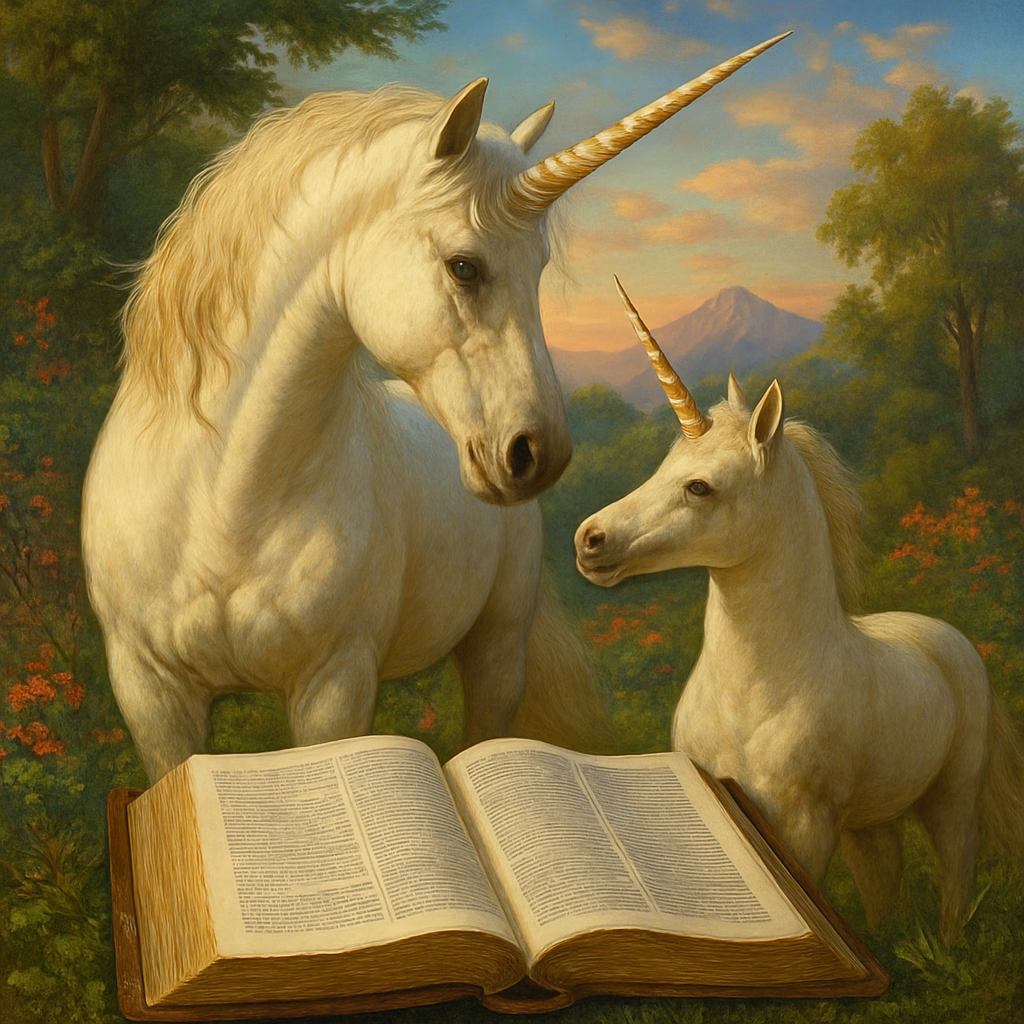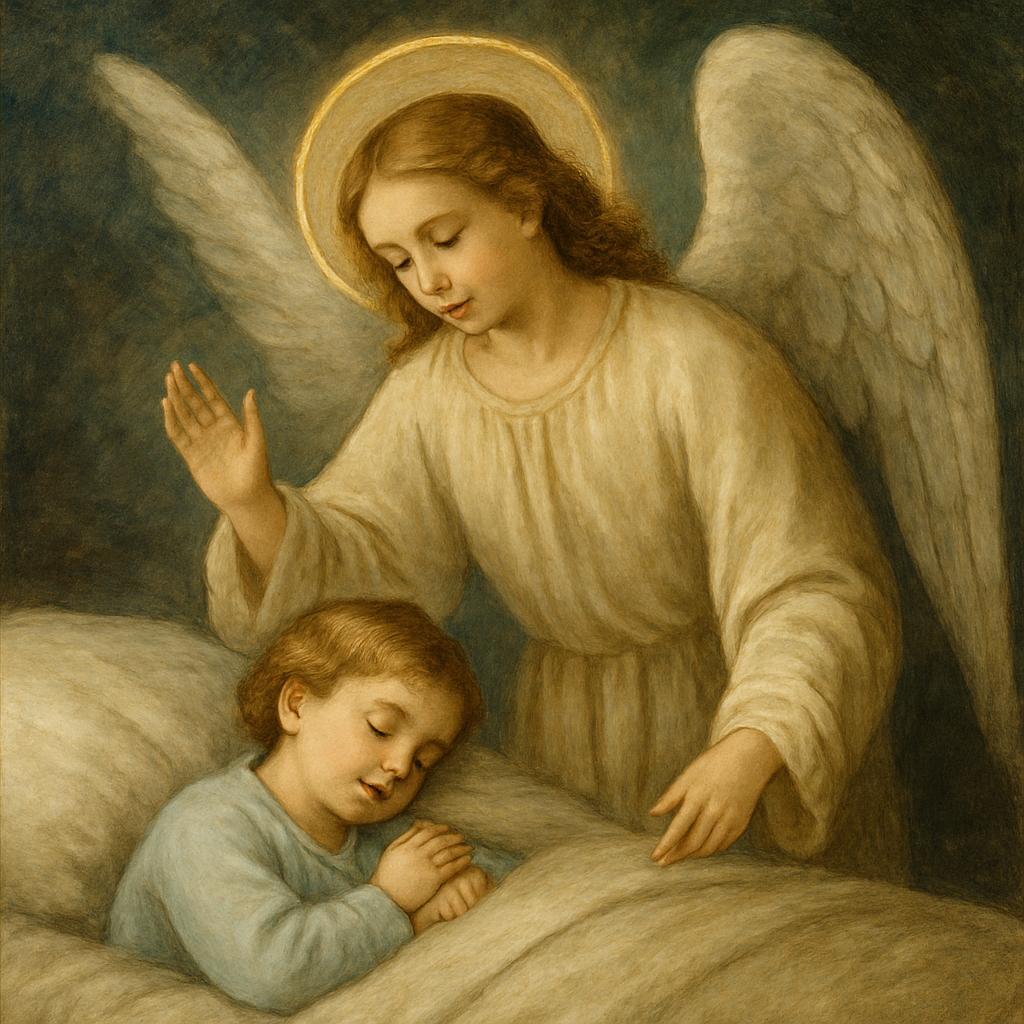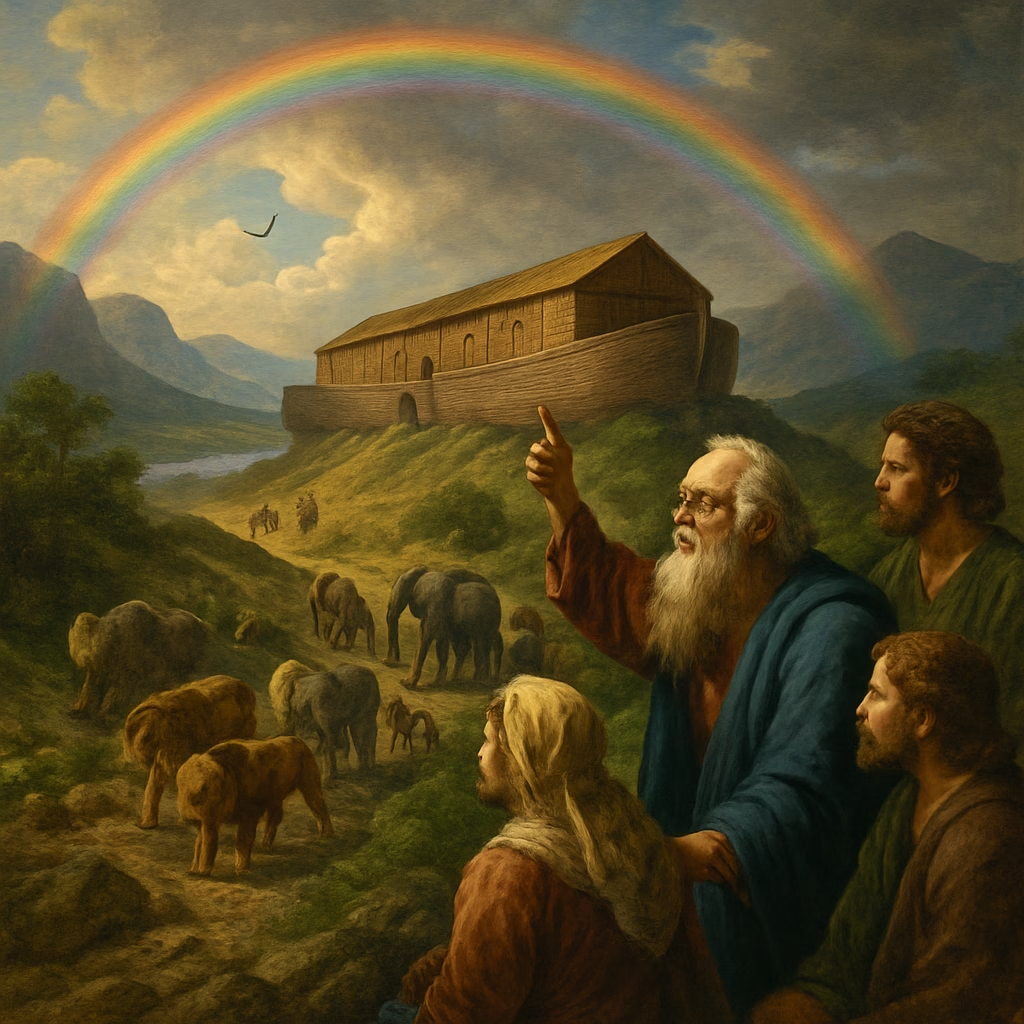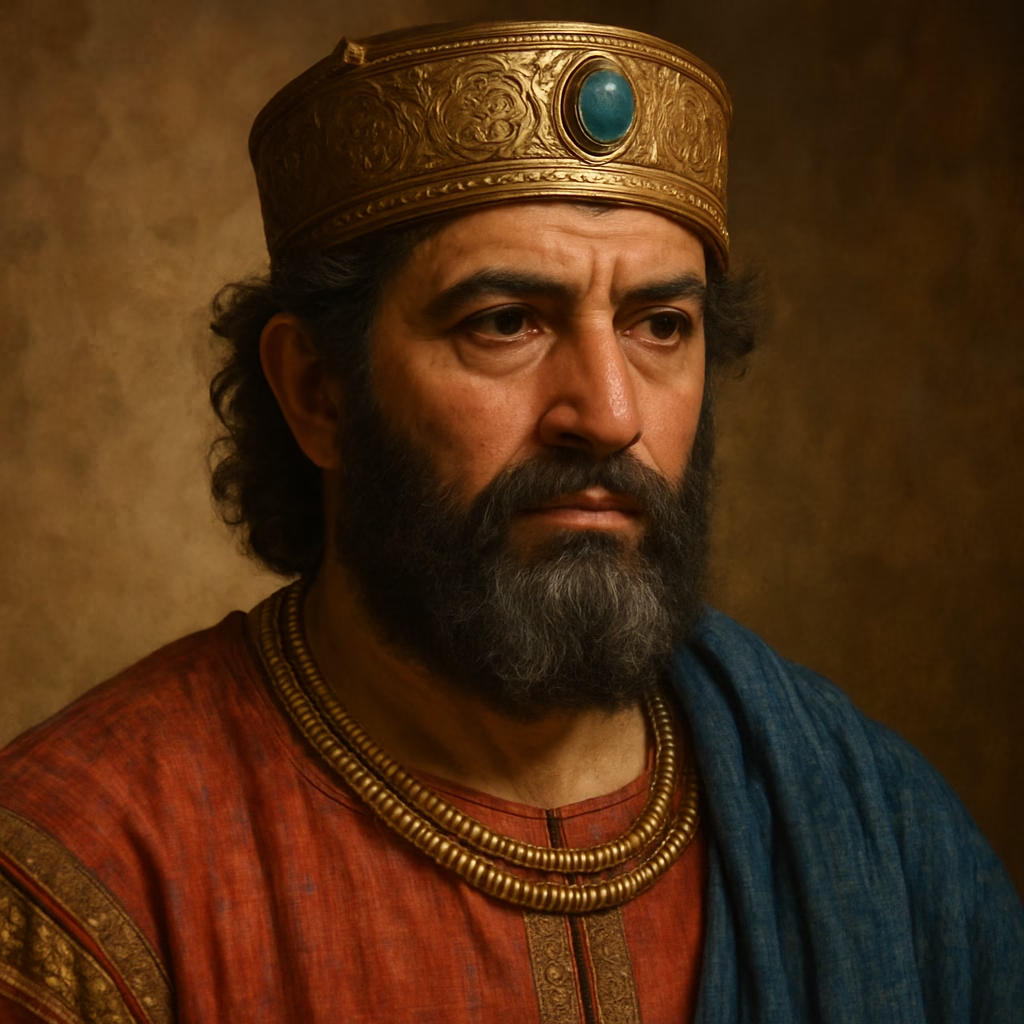📖 Are Unicorns in the Bible?
Yes – the word “unicorn” appears in some Bible translations, including the King James Version (KJV). But before we imagine pastel-colored horses with sparkly horns, let’s dig into the truth from a Catholic and biblical perspective.
📜 Where Does the Bible Mention Unicorns?
The King James Version uses the word “unicorn” in verses like:
Numbers 23:22 – “God brought them out of Egypt; he hath as it were the strength of a unicorn.”
Job 39:9–10, Psalm 92:10, and others.
However, more accurate modern Catholic translations (like the New American Bible) do not use “unicorn”, instead, they say:
- “wild ox”
- or use the original Hebrew word: re’em.
🔍 What Is a Re’em?
The Hebrew word “re’em” likely refers to a now-extinct species of wild ox or aurochs – powerful, untamable beasts known in the ancient Near East.
Unicorns in older English Bibles were translation choices, not references to mythical creatures. The original texts never describe the horn, shape, or magical properties we associate with fairy-tale unicorns.
🏛️ What Does the Catholic Church Say?
The Church supports accurate biblical translation rooted in historical context and divine inspiration.
- The Catechism of the Catholic Church (CCC 110–114) urges proper interpretation of Scripture through language, culture, and literary form.
- The Church does not teach that literal unicorns exist.
Unicorns in the Bible are symbolic or mistranslated references – not validation of fantasy creatures.
✝️ What’s the Deeper Message?
Whether it’s the strength of a re’em or the poetry of the Psalms, biblical creatures point to God’s might, mystery, and majesty.
The “unicorn” became symbolic of:
- Power
- Purity
- Rarity
In medieval Christian art, it even came to symbolize Christ – pure, untouchable, sacrificed for love.
🕊️ Devotional Takeaway
“Even mysterious creatures point to the mystery of God.”
We don’t worship legends – we worship the Lord of all creation, who uses powerful imagery to teach eternal truths. Even poetic creatures remind us:
God’s strength, like the wild ox or “unicorn,” is unmatched and untamed.
🙏 A Prayer for Clarity and Wonder
Lord,
Your Word is rich and layered with mystery.
Give me a heart that seeks truth and wonders at Your greatness.
Help me read Scripture with wisdom, guided by the Church,
and grow in both faith and imagination.
Amen.
🙋 Frequently Asked Questions
❓ Are unicorns literally in the Bible?
They appear in older translations (like KJV) due to the word “re’em.” However, modern scholars agree this referred to a wild ox or similar real animal — not a magical unicorn.
❓ What does the Church say about unicorns?
The Church does not support belief in unicorns as real creatures. The original Scripture uses symbolic or poetic language, not fantasy references.
❓ Why did older Bibles use the word “unicorn”?
In the 1600s, the word “unicorn” simply meant a one-horned or strong, untamed beast. It didn’t have today’s fairy-tale meaning.
❓ Can Catholics enjoy unicorn imagery?
Yes – as long as it’s understood as fiction or artistic symbolism, not confused with divine revelation. Even mythical images can inspire reflection on God’s mystery and beauty.
📌 Final Thoughts
So, are unicorns in the Bible? Technically – yes, in translation. Spiritually – not as you think.
What matters most is not the horn on the head of a creature, but the power behind the Word of God that stirs curiosity, leads to truth, and always points back to Christ.
🕯️ Let your faith be stronger than fantasy. Seek truth with wonder. God’s Word has depth beyond even the wildest imagination.
💬 Enjoyed this article? Share it with someone who loves Scripture and a little curiosity.
🔍 Keep asking bold questions – and keep trusting God’s plan.






